 KAAY 7th Street Studio
KAAY 7th Street Studio
Entry Type: Place - Starting with K
 KAAY 7th Street Studio
KAAY 7th Street Studio
 Kahn-Jennings House
Kahn-Jennings House
 Kahn-Jennings House
Kahn-Jennings House
 Kahn-Jennings House Interior
Kahn-Jennings House Interior
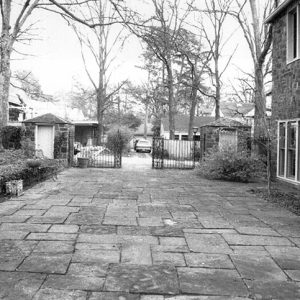 Kahn-Jennings House Patio
Kahn-Jennings House Patio
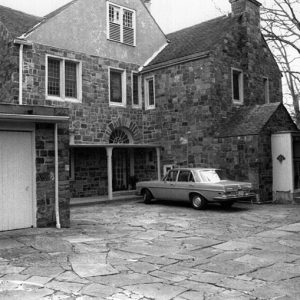 Kahn-Jennings House Rear View
Kahn-Jennings House Rear View
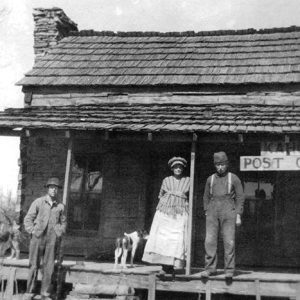 Kahoka Post Office
Kahoka Post Office
Kahoka (Stone County)
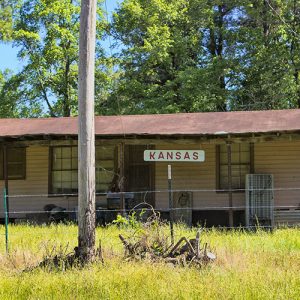 Kansas
Kansas
Kansas (Clark County)
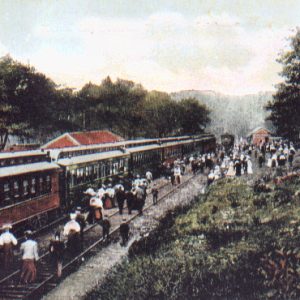 Kansas City Southern Railway
Kansas City Southern Railway
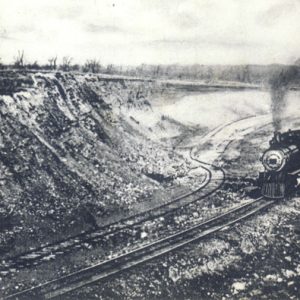 KCS Railway near Gravette
KCS Railway near Gravette
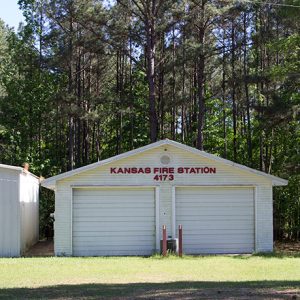 Kansas Fire Dept.
Kansas Fire Dept.
 Kays House
Kays House
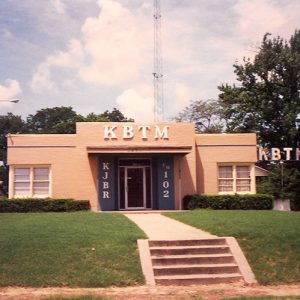 KBTM Building
KBTM Building
Keiser (Mississippi County)
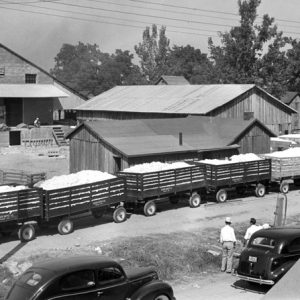 Kaiser Gin
Kaiser Gin
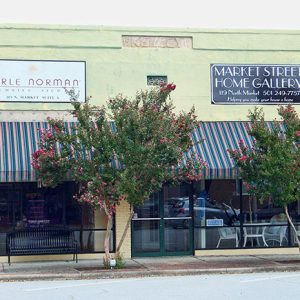 Kelley Building
Kelley Building
 Kelley’s Grill
Kelley’s Grill
Kelso (Desha County)
 Kempner's
Kempner's
Kenda Drive-In
Kensett (White County)
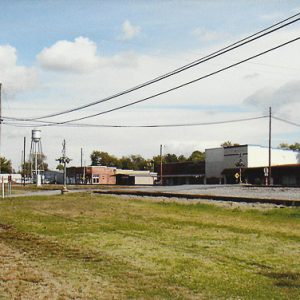 Kensett Street Scene
Kensett Street Scene
 Kensett Water Tower
Kensett Water Tower
 Kensett Street Scene
Kensett Street Scene
Kentucky (Saline County)
Keo (Lonoke County)
 Keo United Methodist
Keo United Methodist
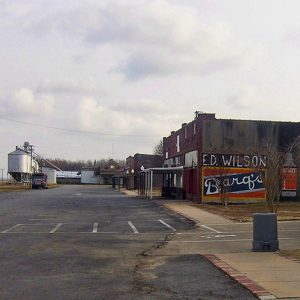 Keo Commercial Historic District
Keo Commercial Historic District
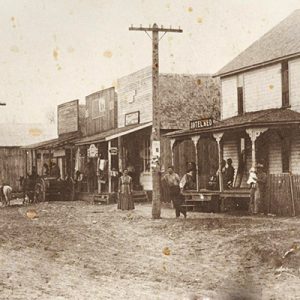 Keo Street Scene
Keo Street Scene
Keo Commercial Historic District
Keyton (Clark County)
Kibler (Crawford County)
 Kilgore Hotel
Kilgore Hotel
Kimberley (Pike County)
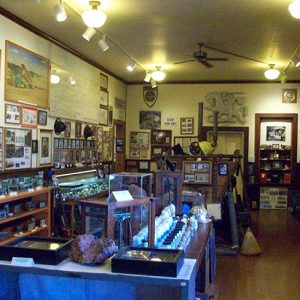 Kimbrough Room, Bauxite Museum
Kimbrough Room, Bauxite Museum
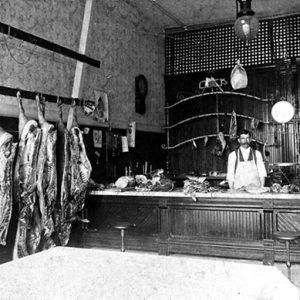 Kindervater's Butcher Shop
Kindervater's Butcher Shop
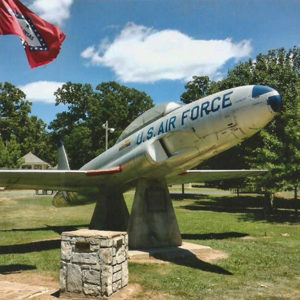 Field Kindley Memorial
Field Kindley Memorial
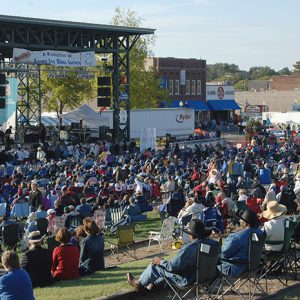 King Biscuit Blues Festival
King Biscuit Blues Festival
 King of Clubs
King of Clubs
King of Clubs
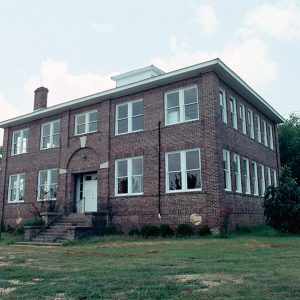 King Schoolhouse
King Schoolhouse
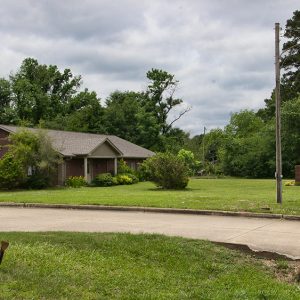 Kingdom Hall
Kingdom Hall
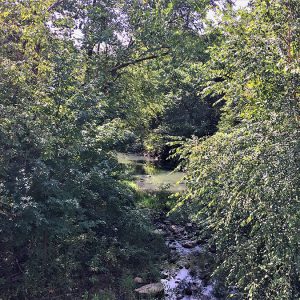 Kings Creek
Kings Creek
Kings Creek (Scott County)
 Kings River
Kings River
Kings River
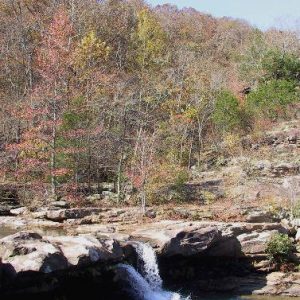 Kings River Falls Natural Area
Kings River Falls Natural Area




